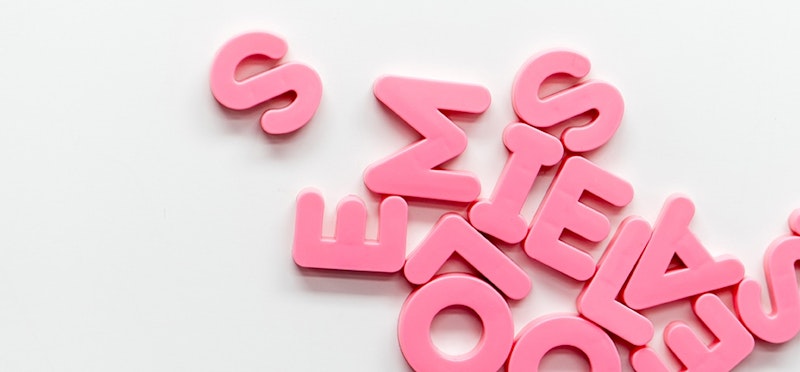One reasonably consistent pattern in English words is that nearly all CVC, CCVC and CCCVC words have, as the vowel sound, the First Vowel Sound, that is, the short vowel sound. This is English we’re talking about, so of course there are exceptions (wad and put, for example) but it’s still approximately a 99%-reliable pattern.
Directions for Using the CVC Phonics Worksheet
After downloading and printing out the phonics worksheet above, show your child the first word, hop. Using a separate sheet of paper or a whiteboard, ask your child to add ing to hop and then ask him to read what he’s written. If he, in fact, wrote hopping correctly offer some praise if you think it’s warranted and then ask why he doubled the letter "p."
The correct answer is to keep hopping from looking like hoping, and that is the point that you need to make clear. Then, make the additional point that when the word contains a First Vowel Sound we double the ending consonant so that the vowel letter will keep the First Vowel Sound. If we didn’t do that, the result would look like a word in which the vowel sound was the Second Vowel Sound, that is, the letter name.

Now, if your child wrote hoping, thinking that he was actually writing hopping, tell him that the word he wrote isn’t hopping, but is instead the word hoping and remind him that hope has the ending e dropped before ing is added. Once you’ve convinced him that he’s indeed written hoping, ask him if he recalls how to spell hopping. If not, introduce him to the concept of doubling the final consonant and go through the worksheet. (The concept, again, is that we double the ending consonant to retain the First Vowel Sound or, in terms your child will easily understand, to keep hopping from looking like hoping.)
Now just go down the first column, letting your child first read the root word, then the same word with a suffix added. When he gets to the word miss point out that the root word already had a double consonant ending so all that needed to be done was add the suffix.
After your child reads the last word, landing, uncover land and point out that the ending "d" was not doubled and ask if he knows why that is. At this point the "a-e" (a dash e) language becomes quite useful, because you can point out that the reason we are doubling all those ending consonants is to get two letters between the vowel letter and the suffix, and that we don’t have any “a dash dash e” pattern that we use like we do the a-e pattern. Since land already has two consonants after the "a" we don’t have to add another by doubling the ending "d."
Finally, have your child go down the first column at the bottom adding ing to each of the five words. Note how he handles the words dress and end. Set the worksheet aside for a day or so and then have him do the second column as a review, again paying particular attention to the last two words, pass and hand.
Summing Up
If you do all four phonics worksheets (this one plus the three recommended in the What Are Vowel Sounds article), as suggested, your child will understand why doubled consonants are useful markers of First Vowel Sounds (short vowel sounds) in multisyllable words. The article Reading the Suffix ed will lay the rest of the groundwork for preparing your child to use the OnTrack Reading Multisyllable Method to decode longer, unfamiliar, words.
And if you find this lesson useful, consider using the OnTrack Reading Advanced Code Phonics Workbook. The workbook is a complete advanced code phonics program that incorporates each of these "Tidbits" and covers precisely the information your child will need to become proficient in phonics, including the most effective multisyllable decoding method you will find anywhere.





